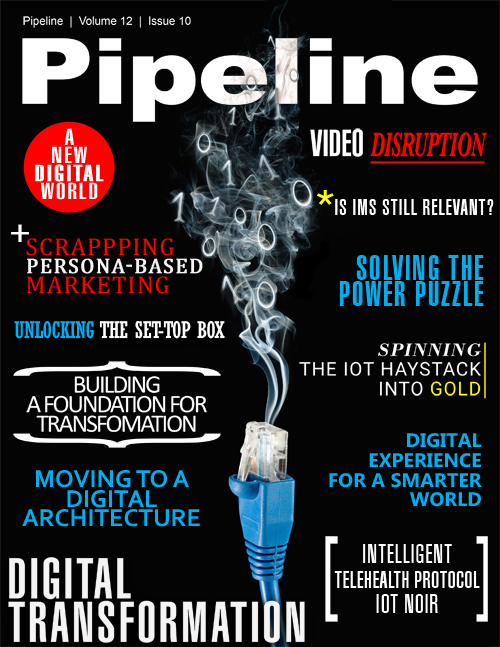Moving to a Digital Architecture
So: control, flexibility, freedom and trust are what consumers want. But making the move can be hard. Most mobile businesses have two decades of legacy and bespoke systems to contend with – all of which must be migrated in an "always-on" environment. You will also have embedded people and resources who, even if they are to remain with the business, must be re-focused; with all the costs of training and other upheaval that implies. And there are contractual obligations across the fragmented mobile ecosystem, no doubt with phased expires, which will also influence your road map to change.
The move to DSP should be a phased execution, mindful of these technical and line-of-business constraints, but prioritised according to the customer-facing and commercial benefits discussed above; i.e., dictated by your customer base and their needs, where can you make the biggest and fastest bang?
In essence, your new digital platform is the most flexible and configurable part of your architecture, so we would first launch an adjunct capability to your existing infrastructure which satisfies key propositions like those above; which drive competitiveness and plug holes where your existing proposition may be lagging in the marketplace or under fire from competitors.
This of course entails some duplicate operations for a period, but it allows you to bring new services to market more rapidly – including the sorts of products which will incentivise your existing customers to migrate. In the consumer/retail space, this might be family shared airtime or onboard content, for example. In the enterprise space, self-service account management and administrative hierarchies which match the end-user’s organisational structure will be popular. This process can start in as little as three months, leveraging the flexibility of the DSP to rapidly nurture perceived value and customer loyalty.
The rump of legacy subscribers and those with no incentive to change can be migrated on a longer timescale – two years or so – to meet a different priority: these users seek painlessness and simplicity rather than the latest services. These are the profitable customers who cost very little to service (even with old technology), only contact the brand once a year for an upgrade, and must be very gently migrated in order to minimise inconvenience which might cause them to reconsider their loyalty. That said, this transition is a chance to provide excellent service, reinforcing brand strength. All the more reason to execute it in a planned way when the early-adopters have been comfortably looked after.
This split schedule, prioritising commercial value, also de-risks the transition: launching new competitive services is divorced from the complexities of sunsetting old ones. It avoids a "big bang", which is far more likely to fall over and affect the customer experience than succeed.
At the moment, for example, simply due to the historical precedence of voice, many operators find themselves with heavily legacy voice infrastructure, but a more modern architecture for data. We are working with customers like these to rapidly offer data services on a real-time basis and then add on voice as network capabilities mature.
Similarly, with real-time service visibility and charging at the heart of the platform, once you have launched one new service (end-to-end including provisioning, billing, marketing etc.), subsequent launches are heavily de-risked, and can therefore follow in quick succession.
Commercially, the end-to-end DSP model is certainly a template for older operators: the end-user appeal is undeniable. Technically, however, it is not: a piecemeal and targeted migration is required.



















